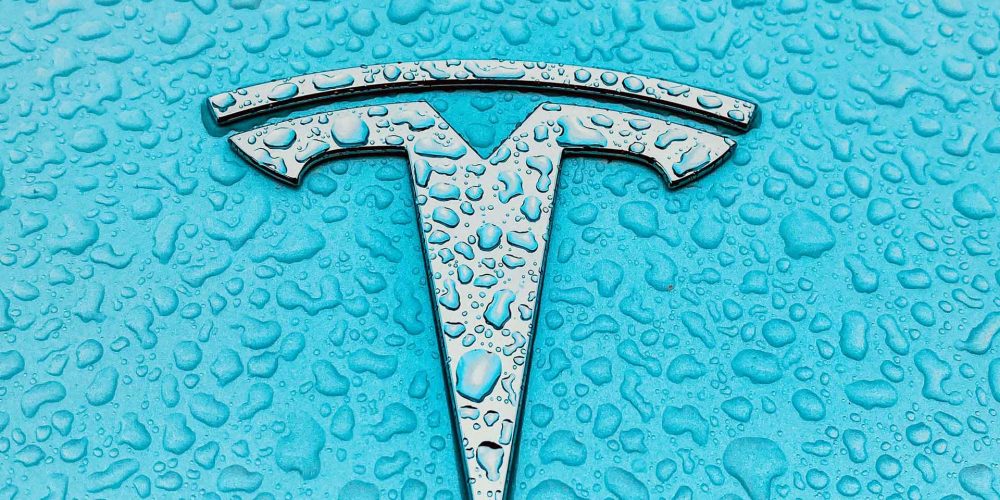Good news. You can buy a pre-owned Tesla online for not a bazillion dollars. But there’s a catch.
Creating a product or service and convincing customers to buy it can seem like the hardest part of doing business. But that, my business-savvy readers, is just the beginning.
The heavy lifting – the courageous work that ensures your company will thrive and grow – actually comes after the sale. That’s when the leaders farthest from your company core jump in to ensure customers feel like your product or service was the best decision they’ve ever made.
This after-sale work is especially critical when something goes awry. And something almost always goes awry. Which is what happened when a friend of mine bought a Tesla online.
My friend could only afford a used Tesla, but that didn’t matter. She said the decision felt “fancy and smart.” She found selecting the vehicle online easy and reserved it with a $500 down payment. Advantage, tech. But once Tesla had her commitment, she ran into a bit of trouble.
Five minutes after she put her money down, a barrage of texts, emails, and phone calls arrived from insistent and marginally articulate men (yes, all men.) Each asserted that he would be her shepherd through the selection and purchasing process. In her words, “It felt scammy.”
Turns out, these weren’t actually Tesla people…they were third-party financing people gathering in a scrum to finance her loan. Once they discovered she had pre-arranged financing, all of her “shepherds” disappeared.
Then, the Tesla owner online portal went down, and, well, it’s a long sordid story that ends with her finally picking up the car from a “guy who seemed like he wanted to get rid of me quickly.” A week later, she found out the computer in the car was failing and the chips were on backorder. And that got me thinking about what these big brands don’t get.
3 Things Even Big, Trendy, Modern Corporations Could Learn From Small Business
When a person commits to buying something like a fancy car or an expensive software service, the after-sale process is just as important as the product itself. The bigger the price tag or length of commitment, the more attention we need to assign to customer care. Here, in a nutshell, are three reasons why.
All customers are happy, until they’re not
Purchases solve problems. Solving problems makes people happy. Then expectations get in the way and all hell can break loose.
Let’s face it. Angry and disappointed customers don’t materialize out of thin air. Well, not 100% of the time. Some people are just grumblers by nature. Most often, though, unhappy customers are the result of missed expectations.
Of course, you’ve probably already guessed what I’m going to say. Having well trained leaders on the other side of every sale allows you to manage expectations and keep happy customers happy. Honest marketing doesn’t hurt either.
So what could Tesla have done differently? They could actually have shepherds! Assign each buyer a person, a department, heck, even a virtual assistant to answer follow up questions. When someone puts their money down, don’t let a third party be the next communication they receive. And another thing.
Mapping customer journeys isn’t boring
Customer journey maps aren’t exciting and you didn’t invent them yourself. Put your brightest minds on them anyway. As more purchases happen in digital spaces, mapping out your customers’ journeys and making sure they never feel alone or abandoned is more important than it’s ever been.
My friend was excited about her Tesla purchase. But after the scrum, she was wary and had questions. Like, what the heck just happened. And where and when she could pick up her car? If Tesla had mapped out the journey for online customers of pre-owned cars, they would have known about these expectations and been keen to provide the communication she needed. But here’s the biggest lesson.
Even epic fails can deepen customer trust
Sure, maybe on a perfect planet the bad chip in my friend’s new-old Tesla would never have happened. But it did.
The truth is, we could be talking about anything here. Having enough product to fill orders. Having enough tellers or nurses to handle a rush. Enough seats on a plane. Or enough $$$$ in reserve to cover stock buys (ahemRobinhoodahem).
When my friend picked up her Tesla, the “guy who wanted to get rid of her” knew about the chip problem but didn’t share it with her. And that’s where this big, modern, stock ticking behemoth let us all down.
Just as the “last mile” is the most expensive and important part of package delivery, that team player way out on the end of the your pipeline could be the most important part of your sale. When your last mile people have the training, skills, and the authority to treat customers as worthy human beings, even big problems like chip malfunctions can make them feel like a valued insider.
My friend’s Tesla story ends a little better than most. An update in the software brought the computer temporarily back to life. And an official recall means she won’t have to pay for the fix when new parts become available. But her trust in the company took a big hit.
What would have happened if the dealer had explained the situation? If he had her stand by and followed up when he knew more? Would she have walked away? Probably not. She was already invested in her “fancy and smart” purchase. A little honesty and transparency would likely have deepened her belief in the brand, rather than sowing mistrust for future interactions.
Bottom line? By letting your customers in on the occasional misstep or even epic fail, you sidestep the “us and them” feeling by allowing the customer to feel like a member of your team—and invested in standing with you as the issue is resolved.
What do you think? Do you have a similar story as a customer or a business leader? Let’s discuss them in the comments below!










